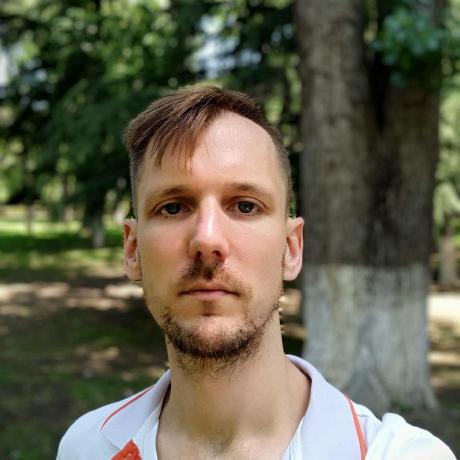Disclaimer: This post is about unaudited code under active development. Implementation details, names, security features, gas costs, etc. may change significantly.
Much of the recent work has been consolidation of the "VM" code to take it to where the Rain ecosystem needs it to be.
The v1.0 VM is everything you see in the latest audit.
https://omniscia.io/beehive-rain-protocol-round-2/
The v1.0 system works fine as far as we know, there's no urgent need to stop using it if you are, but it is showing early signs of running into limits on several fronts.
This is just a blog post so here's only a high level summary, not comprehensive. Highly encourage you to checkout the latest branches in github and look around if you're interested.

